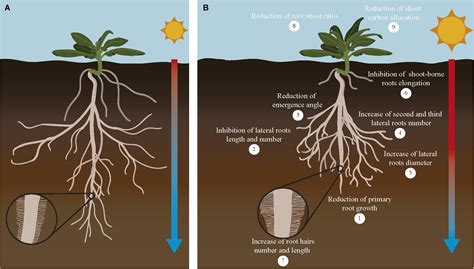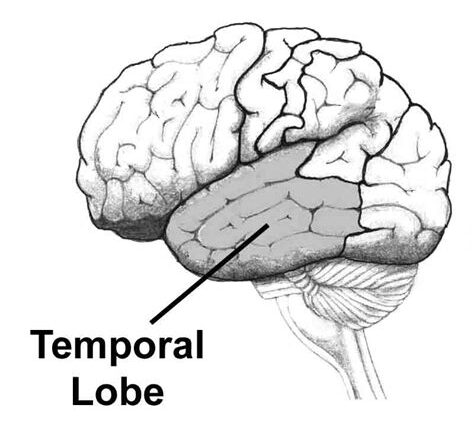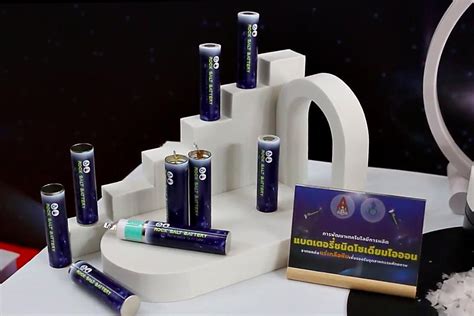Have you ever wondered how plants manage to survive and thrive, even in the harshest of drought conditions? Well, a recent groundbreaking study conducted by plant scientists from the University of Nottingham and Shanghai Jiao Tong University has shed light on the fascinating mechanisms behind how plants access water deep within the soil.
In the realm of botany, there are key players called plant hormones that orchestrate various responses within plants. One such hormone, abscisic acid (ABA), is renowned for its pivotal role in helping plants cope with drought stress. The study delved into how ABA influences the growth angles of roots in essential cereal crops like rice and maize. Published in Current Biology, these findings have far-reaching implications for agriculture and food security worldwide.
Imagine a world where crops could withstand severe droughts without compromising their yield. That’s precisely what researchers are striving towards as they unravel the intricate dance between ABA and another crucial hormone called auxin. Together, these hormones collaborate to determine the angle at which roots grow, ultimately shaping the architecture of a plant’s root system. This revelation opens up avenues for developing drought-resistant crops with enhanced root structures.
Drilling down into why this research is so vital requires us to grasp the magnitude of challenges posed by drought on global food security. Over recent years, drought has wreaked havoc on crop yields worldwide, resulting in staggering economic losses amounting to billions of dollars annually. With our planet hurtling towards an estimated population of 10 billion people by 2050 coupled with escalating freshwater scarcity issues, devising strategies to cultivate resilient crops assumes paramount importance.
Roots function as a lifeline for plants during periods of water scarcity – akin to how we reach out for sustenance when faced with adversity. Picture this: when surface soils dry up under arid conditions, it’s only through tapping into deeper layers that plants can quench their thirst. Enter ABA; this master regulator steps up to assist plants in adapting to parched environments by altering root growth patterns.
The crux lies in understanding how ABA orchestrates a symphony with auxin – together prompting roots to venture deeper into subsoil realms in search of precious water reservoirs buried beneath our feet. Through a series of meticulous experiments, researchers uncovered a novel mechanism driven by ABA that fuels the production of auxin, thereby enhancing root gravitropism – essentially guiding roots to grow at sharper angles when confronted with drought stressors.
Through genetic manipulations targeting ABA production pathways, scientists observed profound implications on root development dynamics. Mutant plants lacking robust ABA synthesis exhibited shallower root angles and feeble responses to gravity-induced bending compared to their normal counterparts – underscoring ABA’s indispensable role in fortifying roots against harsh environmental conditions.
Moreover,
“Finding ways to tackle food insecurity is vital,”
emphasized Dr Rahul Bhosal, an esteemed Assistant Professor from the School of Bioscience and one of the lead authors behind this seminal study.
“The more we understand the mechanisms governing plant growth,
the closer we get towards creating systems that aid plants
in navigating adversity and boosting crop productivity during drought spells.”
The implications extend beyond rice and maize as this newfound insight holds promise for revolutionizing crop resilience across diverse cereal species too.
In essence, this research not only unveils nature’s ingenuity but also beckons humanity towards co-creating sustainable solutions that safeguard our agricultural landscapes amidst looming climate challenges plaguing our planet.











Leave feedback about this